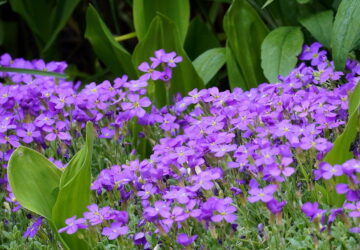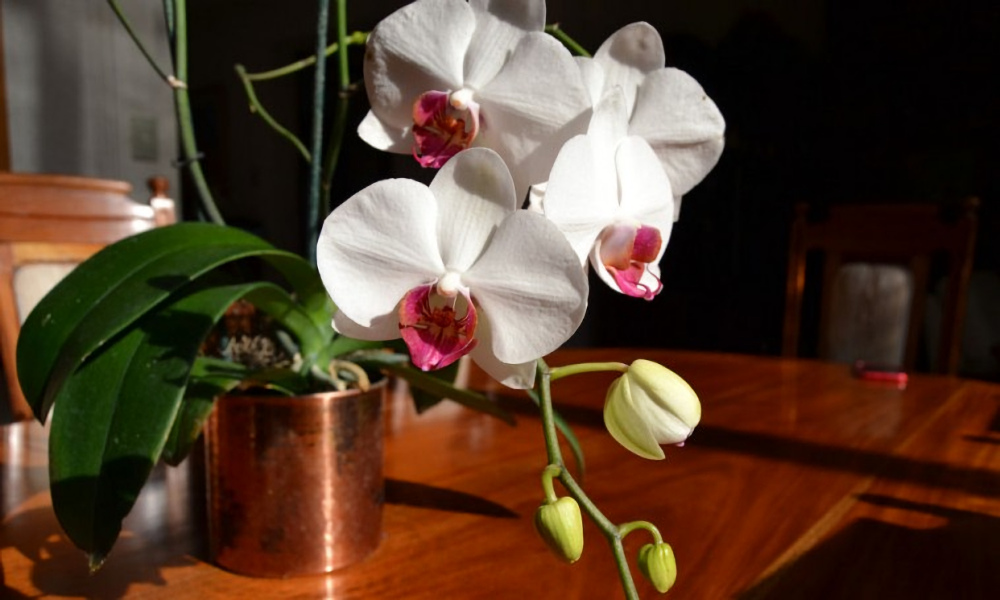Orchids, with their breathtaking array of species and varieties, have captured the hearts of hobby gardeners everywhere. These elegant blooms not only bring joy and pride but also a touch of exotic allure to our indoor gardens. However, orchids, unlike most houseplants, require special care due to their epiphytic nature and tropical rainforest origins. To ensure your orchids thrive and grace your space for years to come, follow these five golden rules.
A Flourishing Beauty: Orchids in Your Home
1. The Right Pot and Medium for Orchids
When it comes to planting or repotting orchids, don’t settle for generic potting soil. Opt for a medium specially designed for orchids. Choose a coarse-grained, airy mixture to prevent water from stagnating around the roots. The ideal time for repotting is during the spring months after flowering.
Before transplanting, ensure you thoroughly remove the old soil from the root ball. The new pot should be only slightly larger than the previous one. While you’re at it, inspect the roots and prune away any dead or rotten portions using a sharp knife.
Selecting the appropriate pot is crucial for orchid care. Porous clay pots help regulate water balance in these sensitive plants, while transparent plastic planters allow you to monitor root health. Some orchid types, like Cattleya, require good root ventilation and thrive in plastic pots. Hanging orchids, such as Coryanthes, flourish in hanging baskets.
Classic orchid pots made of ceramic are tall with a narrowing interior, ensuring that the pot doesn’t sit in water.
Note: Not all orchid species need immediate watering after transplanting. For instance, Phalaenopsis orchids should be misted daily to keep the planting medium moist for the first two to three weeks before resuming regular watering.
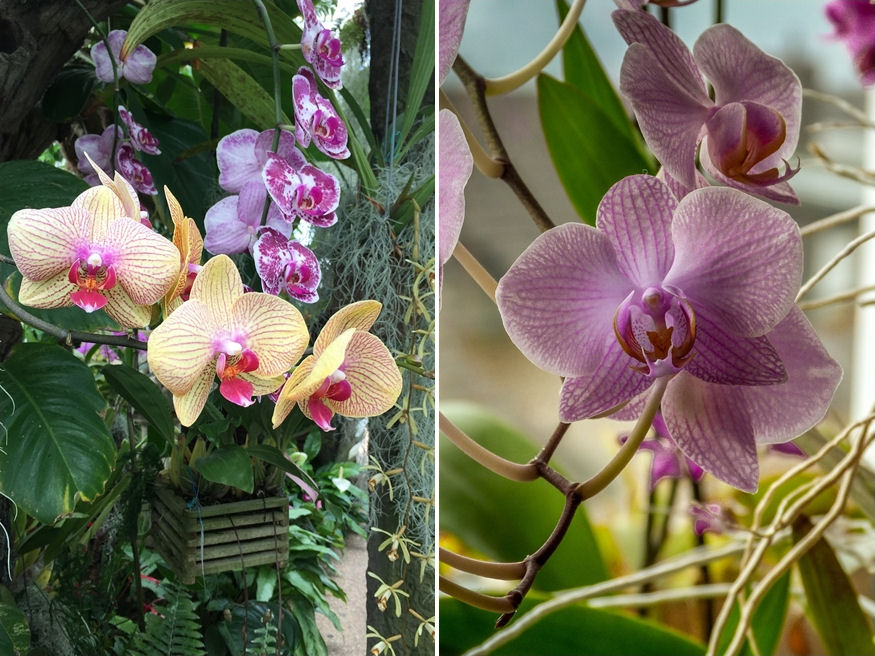
2. Prevent Water Stagnation
Orchids despise stagnant moisture, which can lead to root rot and, eventually, the demise of your cherished plant. Take extra care to prevent water from pooling at the pot’s bottom for extended periods. When misting your orchid with a water spray bottle, direct the water onto the planting medium or roots, not the plant itself. Lingering moisture on leaves can promote rot.
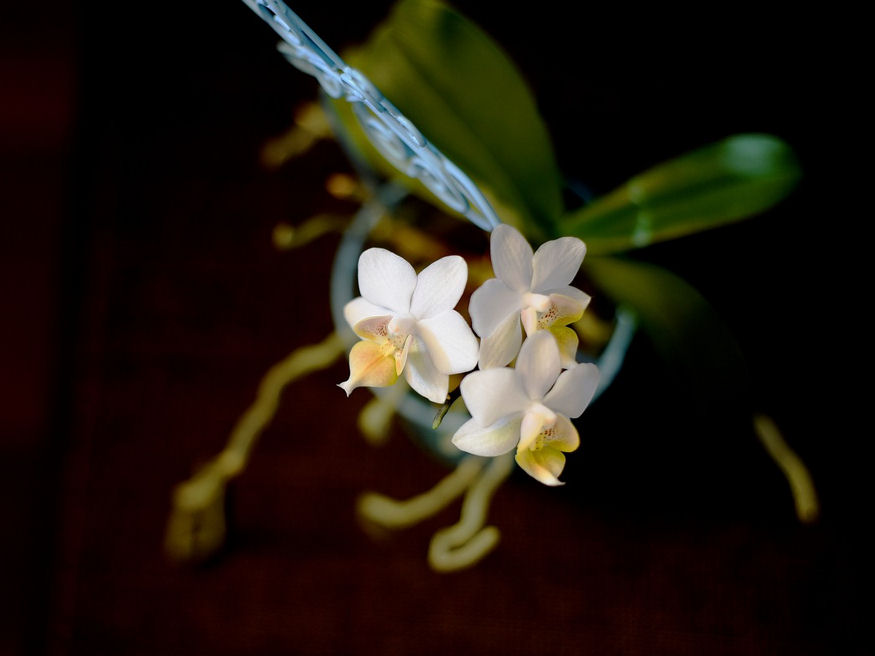
3. Perfect Your Watering Technique
Orchids prefer to drink in the morning, so water them with soft, room-temperature water. Reducing water hardness might require effort, but it’s a worthwhile endeavor.
During the summer, consider using rainwater. You can satisfy your orchid’s water needs with a thorough shower or by submerging the plant in water. Alternatively, employ a water spray bottle or a narrow-necked plastic jug. Focus on watering the roots or the growing medium, avoiding the above-ground parts of the plant. Choose the method based on your availability for plant care.
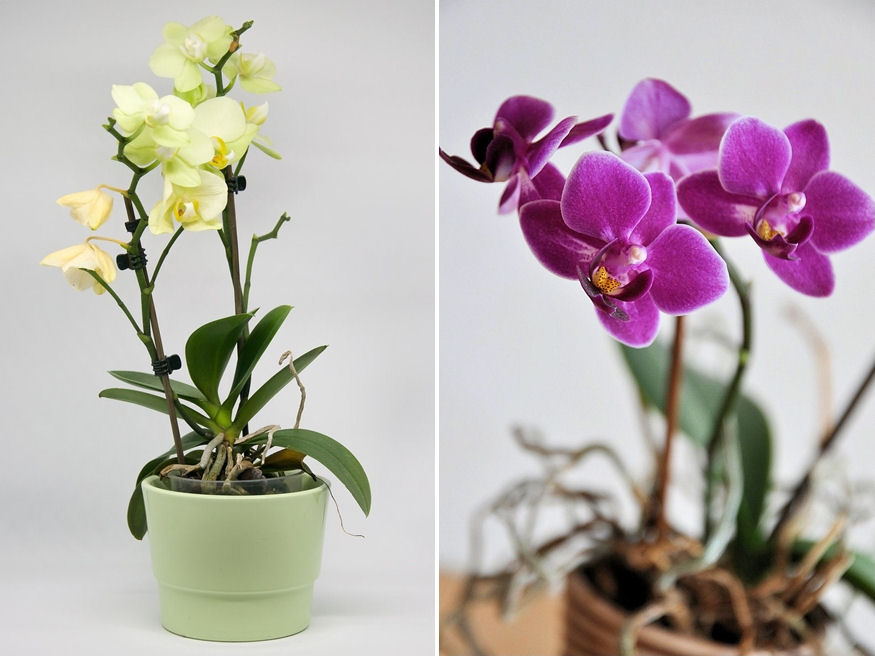
4. Fertilize with Caution for Vigorous Orchids
Orchid care includes providing them with nutrients, but do so sparingly. Opt for specialized orchid fertilizer, using small doses. In their natural habitat, orchids receive limited nutrients, and replicating this environment indoors is advisable. Excessive nutrient buildup can harm your orchid and lead to its demise.

5. Prune After Flowering
Regular pruning is crucial when caring for orchids. Trim the stems once the flowers have fallen, but wait until the stem is completely dry before doing so. Leave at least two new buds on the stem to ensure a vibrant display in the future.
By adhering to these golden rules of orchid care, you’ll enjoy the radiant beauty of these remarkable plants in your home for years to come. Happy gardening!
